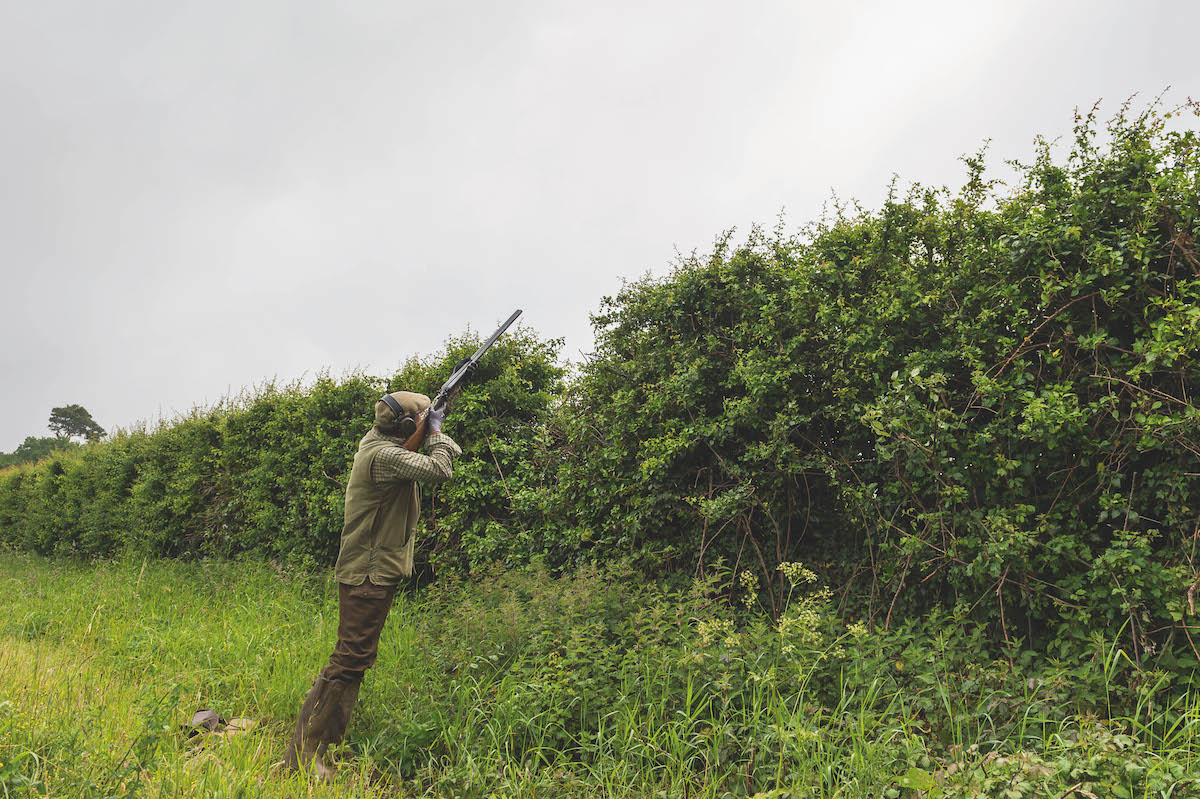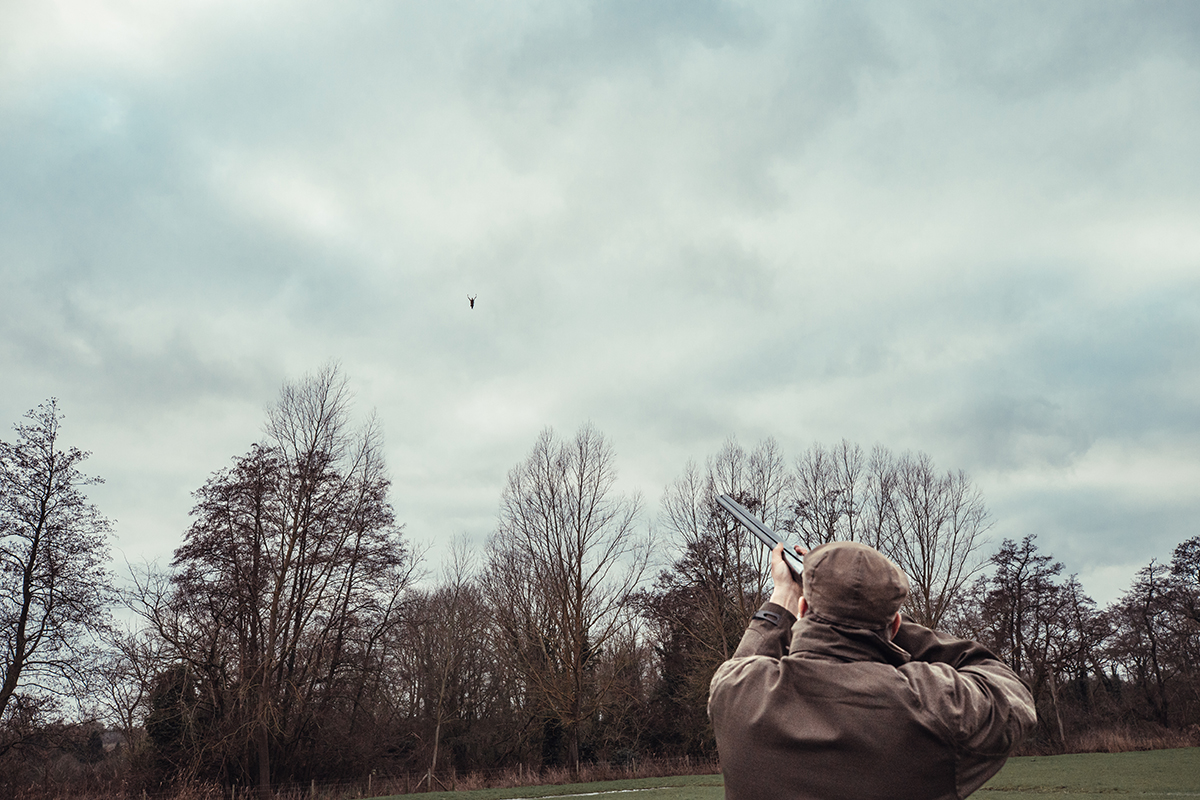Is rough shooting about to get a boost?
Richard Negus asks what the new Environmental Land Management schemes mean for wild game

When the UK voted to leave the EU on 23 June 2016, the winds of change in the British countryside shifted from strong to gale force. The majority of UK farmers voted to leave, citing the EU’s monolithic Common Agricultural Policy (CAP) as the leading factor in their decision-making. While no firm details were given of what would replace it during the campaign period, Vote Leave’s narrative was British agriculture would be greener, more prosperous and freer to operate out of the aegis of an overly bureaucratic Brussels.
Farming and shooting are inextricably linked; the countryside over which we enjoy our sport is overwhelmingly farmland. The new Environmental Land Management schemes (ELMs) purport to bring about not only an agricultural revolution but a complete restructuring of how the countryside is managed and funded. The question is, will this rural regime change bring the promised sunlit uplands for shooting and conservation, or will ELMs prove to be disastrous for our sport?
We are now on the fifth Prime Minister since the referendum result was announced. Only now is there any clear idea as to what ELMs will actually provide in both financial and practical support. The CAP’s single farm payment subsidy, which pays landowners depending on how much land they own, will be fully phased out by 2027. The scheme that replaces it no longer pays simply for owning land. ELMs instead support farmers for the environmental goods and services they provide, as well as providing grants to support farm productivity, innovation, research and development.

ELMs encurage good habitat management, which also benefits pheasants and wild game
The negatives are mainly financial. Thanks to a combination of the loss of the single farm payment, staffing shortages and heightened costs of inputs, something of a crisis has emerged in the agricultural sector. Some commentators believe UK farming is in the worst state it has been for 30 years. In upland areas things are worse still, with one sheep farmer from Northumberland telling me: “This is reminiscent of the great agricultural depression of the 1930s that my grandfather spoke of.”
Financial disquiet in farming has immediate potential negatives for shooting. Sporting leases are inevitably an area that landowners could look to increase or even remove in favour of more lucrative propositions. Off-road cycling tracks, secure dog-walking parks and glamping sites may provide richer returns compared with the small rent and a brace of pheasants that a syndicate provides.
The increase in farm input costs, particularly in fertiliser, fuel and sprays, has not been matched by the returns. The price of wheat is surprisingly low, yet last year’s strong harvest created an exportable surplus, which led to domestic prices rising for shoots. Game farmers have experienced identical challenges to their agricultural counterparts and have passed these costs on to shoots, forcing many to reduce their stock, days or to stop their entire operations.

The new ELMs will provide financial support for the environmental services that farmers provide
Long-term picture
But this is not to say ELMs are all doom and gloom. While there are significant short-term financial pressures during the transition from CAP, the longer-term picture is more positive. ELMs have already started to make positive impacts on the environment, game and wildlife, as evidenced in the new Sustainable Farming Initiative hedgerow standards.
Existing Countryside Stewardship hedgerow management grants for laying, coppicing, planting and gapping up are still available. These are now complemented by additional incentives under ELMs, grants which can reward landowners in some cases by more than 50% compared with EU funding.
Despite a recent article in the Guardian that claimed otherwise, hedges have not lost any level of protection since Brexit. Indeed, hedgerows are now more valued than ever, with landowners generously incentivised to plant new and manage existing ones well. A healthy hedgerow network is essential for pheasants and partridges during the breeding season, and a big hedge is superb holding habitat and can improve drives. (More on creating pheasant drives.)
ELMs provide wider opportunities for shooting and conservation, thanks to their focus on creation, regeneration and management of a variety of habitats. Woodland management and creation is now funded to a greater degree. While the early drafts of the English Woodland Creation Offer were roundly dismissed by forestry professionals as both miserly and overly bureaucratic, it is now increasingly seen as a viable option for creating new woodlands.
Woods, like hedges, retain the protection they enjoyed under EU regulations, although developers seem to readily circumvent this. Under ELMs, woods are now better protected from four-legged attack, with new grants available for both deer and grey squirrel management plans and lethal control, which is good for trees and sportsmen alike.
Wetlands similarly benefit under ELMs. With funding for pond creation still in place under Countryside Stewardship, there is further support for creating and managing reedbeds, fens and supplements to encourage wetland grazing by livestock, all of which is to the betterment of wildfowl and wader species. For coastal habitats, there are now grants for managing saltmarsh and creating inter-tidal habitats on arable and grassland; in other words, ceasing to farm such areas and allowing reclaimed land to rewet, an obvious boon for wildfowlers.
For the upland farmers, ELMs have arguably been a bitter pill to swallow. The single farm payment was for many a financial lifeline, essentially subsidising their farming enterprises in order for them to manage and maintain these fragile habitats. Many of the upland farmers believe that ELMs provide a fraction of what they received under CAP, and there is genuine fear that this may force smaller landowners out of business or cause tenants to lose farms due to large-scale estate buyouts by wealthy new owners with rewilding or carbon offsetting in mind.

Snipe could do well under ELMs, which is a real win for the rough shooter
Varied, rough country
ELMs do, however, dedicate the widest array of grants for any named habitat type for the uplands. Ranging from managing or enclosing rough grazing to encourage nesting, to bracken reduction and supplements for grazing cattle, there has evidently been much thought gone into the ecology of the uplands, but seemingly less so into the people who manage, live and farm there. While ELMs may have little to no real-term financial benefits to grouse moors, the upland rough shooter will appreciate the more varied, rougher country that these new grants should engender — provided a multimillionaire rewilder hasn’t bought up all the land.
ELMs are of obvious benefit to the environment, and they reward farmers and landowners for the good they do in improving habitats, water, soil and air quality. These practices are clearly good for shoots too, with habitat and food sources being essential for game and wildfowl. However, with ongoing concerns over food security and poor farmgate prices, agriculture remains in a precarious position. As the saying goes, “it is hard to farm green if your account’s in the red” and, without a healthy farming sector, shooting is under threat.








